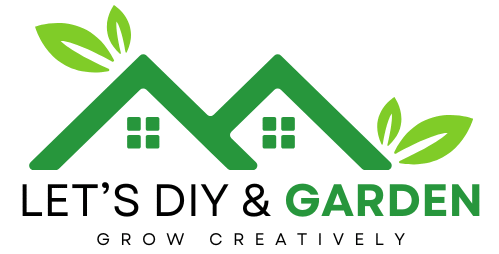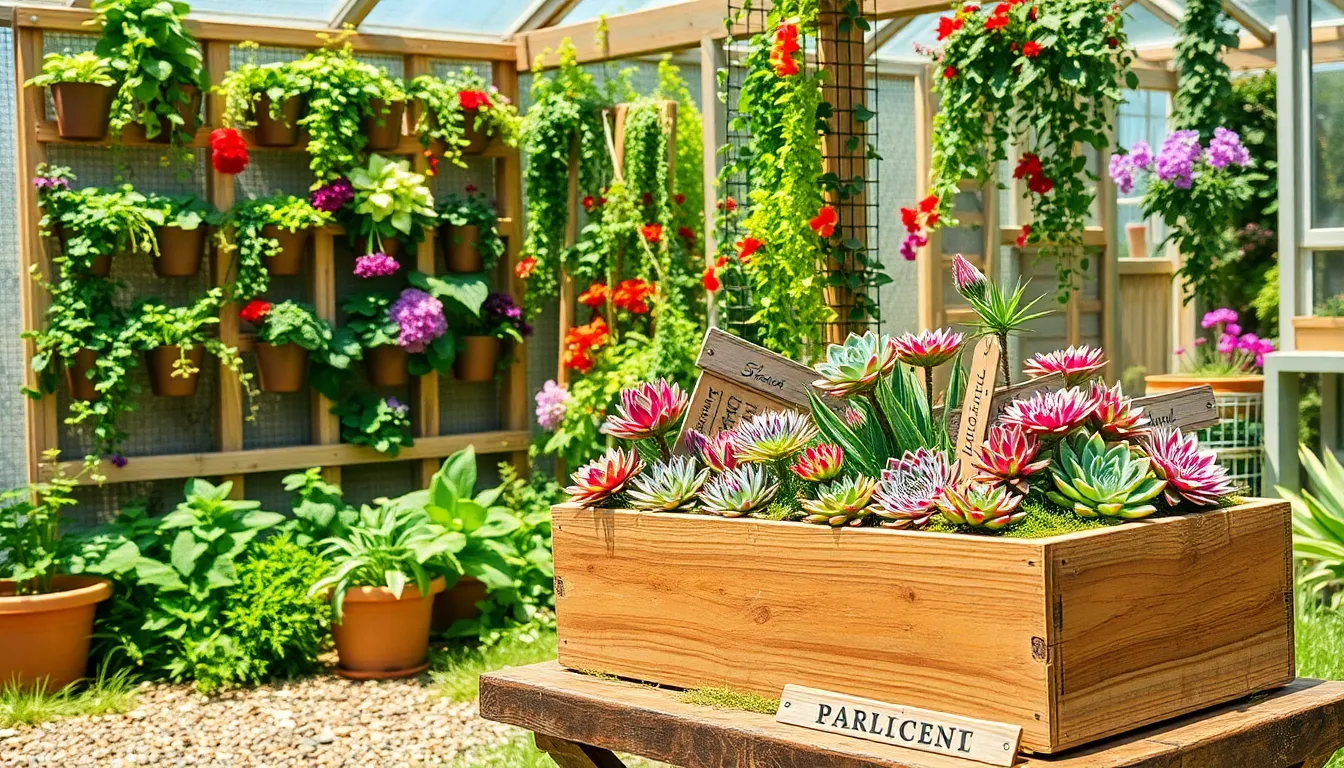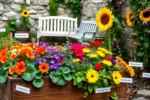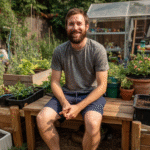From the gentle hum of bees to the vibrant burst of colors, there’s something undeniably magical about stepping into a garden you’ve crafted with your own hands. Whether you’re just planting your first seed or have years of green-thumbed experience, the joy of DIY garden projects is a treasure waiting to be uncovered, offering both a creative outlet and a serene escape from the hustle of everyday life.
In this article, you’ll discover a collection of outdoor garden projects tailor-made to excite and inspire gardeners of all skill levels. We’ll guide you through transforming your garden into a personal sanctuary, sharing projects that range from simple container gardens to more elaborate installations that will elevate your outdoor space and hone your gardening skills.
For beginners, we’ll break down each project with practical tips and step-by-step instructions, ensuring you feel confident and motivated to get your hands dirty. Seasoned gardeners will find fresh ideas to challenge their creativity and add new dimensions to their outdoor havens, proving that there’s always more to learn and enjoy in the world of gardening.
Choosing the Perfect DIY Project
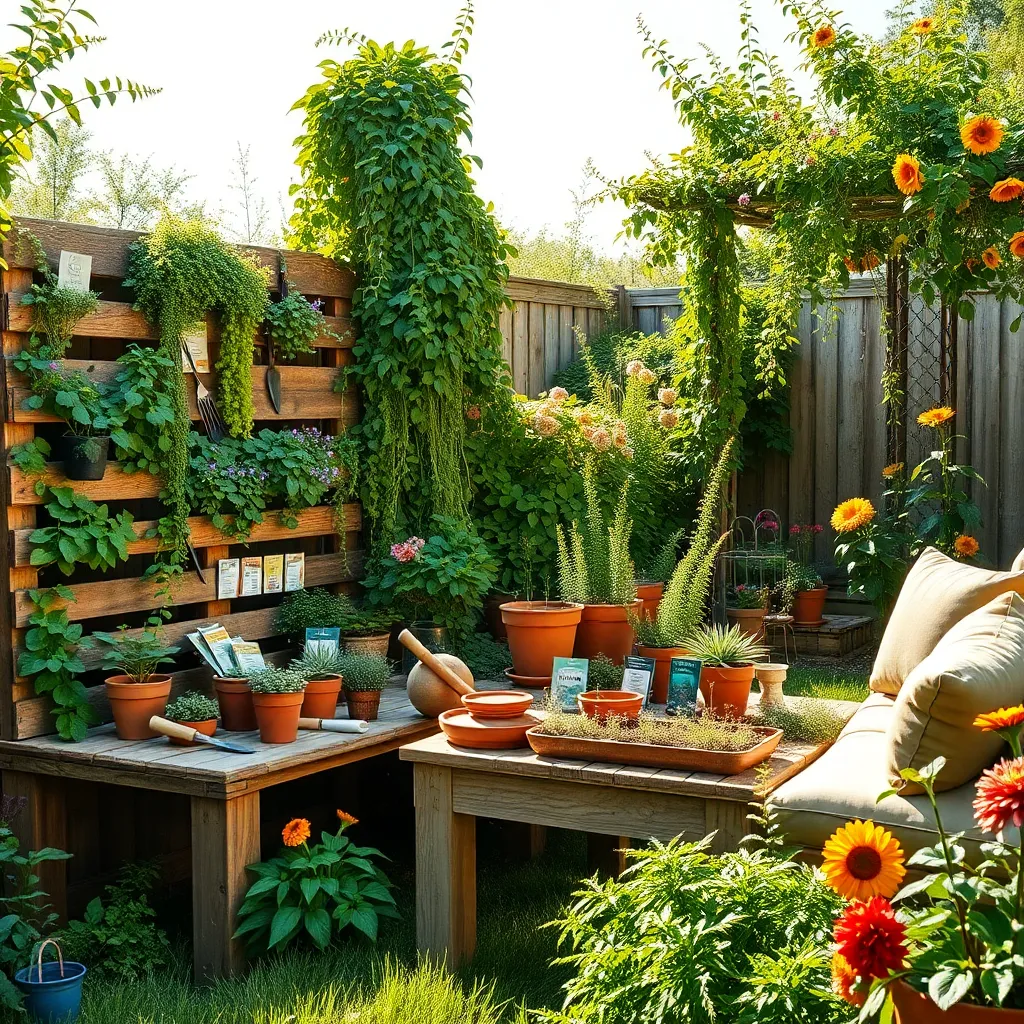
When choosing the perfect DIY garden project, consider your available space and the specific conditions of your garden. Evaluate whether you have ample sunlight or if your area is more shaded, as this will determine the types of plants that will thrive.
Beginner gardeners might start with a simple herb garden, which requires minimal space and provides fresh ingredients for your kitchen. Use a well-draining soil mix and water your herbs consistently, ensuring the top inch of soil dries out between waterings.
For those seeking a challenge, vertical gardens can be a stunning addition to any outdoor space. They require sturdy support and regular maintenance, but with the right setup, you can grow a variety of plants, from succulents to strawberries.
Advanced gardeners might enjoy creating a butterfly garden, which not only beautifies your space but also supports local ecosystems. Plant a mix of native flowers such as milkweed and coneflowers to attract butterflies, and ensure your garden is pesticide-free to protect these delicate pollinators.
Essential Tools for Garden Projects
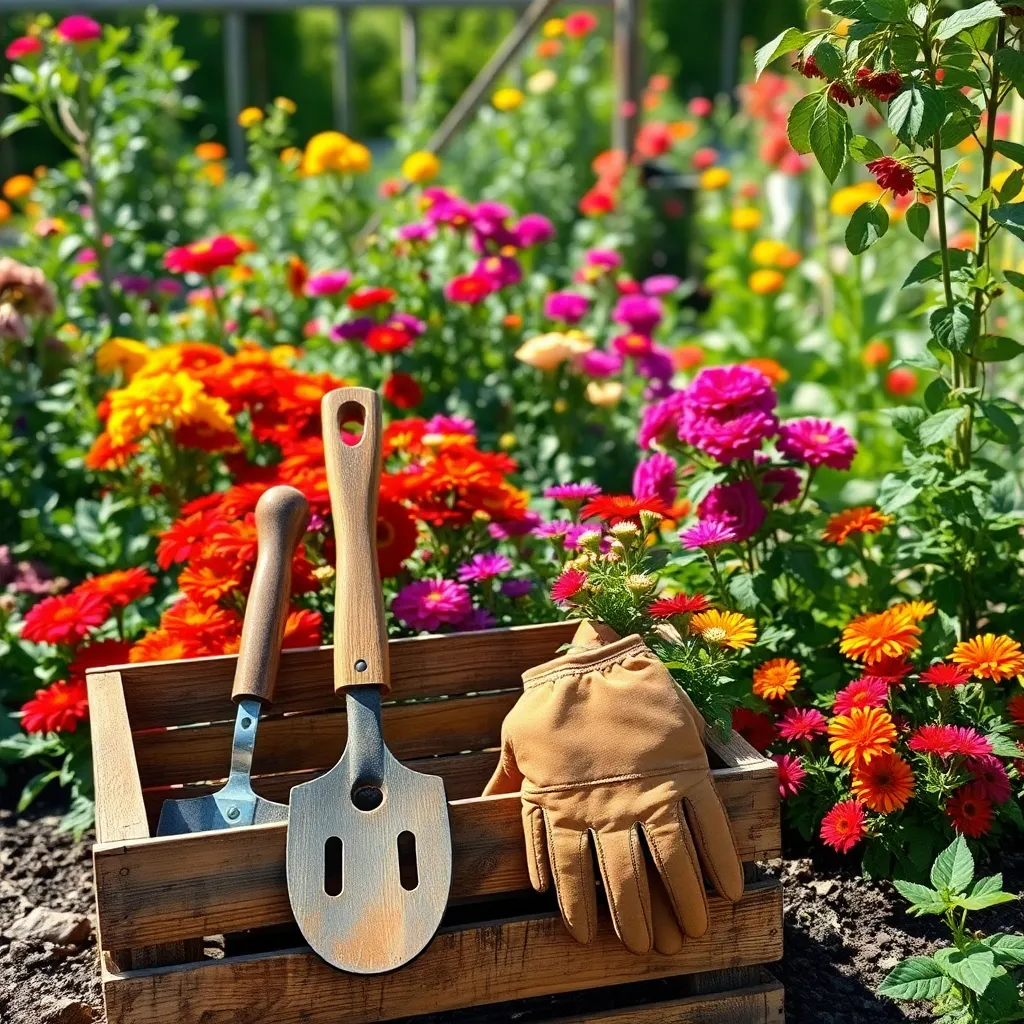
Having the right tools is essential to the success of any garden project. Start with the basics: a sturdy pair of gloves, a spade, and a watering can. These tools form the backbone of your gardening kit and are essential for planting, digging, and maintaining plant health.
For more advanced projects, consider investing in a quality set of pruning shears and a wheelbarrow. Pruning shears are crucial for shaping plants and removing dead growth, while a wheelbarrow makes transporting soil and plants much easier. Having these tools on hand saves time and effort, enabling you to focus more on the creative aspects of your projects.
Don’t underestimate the value of a good soil testing kit to assess pH and nutrient levels. Knowing your soil’s condition helps you choose the best plants for your garden’s environment, ensuring they thrive. Aerating your soil with a garden fork can also improve plant growth by allowing roots better access to air and water.
Consider adding a rain gauge and a hose with adjustable spray settings to your toolkit. Monitoring rainfall ensures you’re not overwatering or underwatering, as plants have different moisture needs. An adjustable hose allows you to customize the water pressure, making it ideal for delicate seedlings and mature plants alike.
Building a Raised Garden Bed
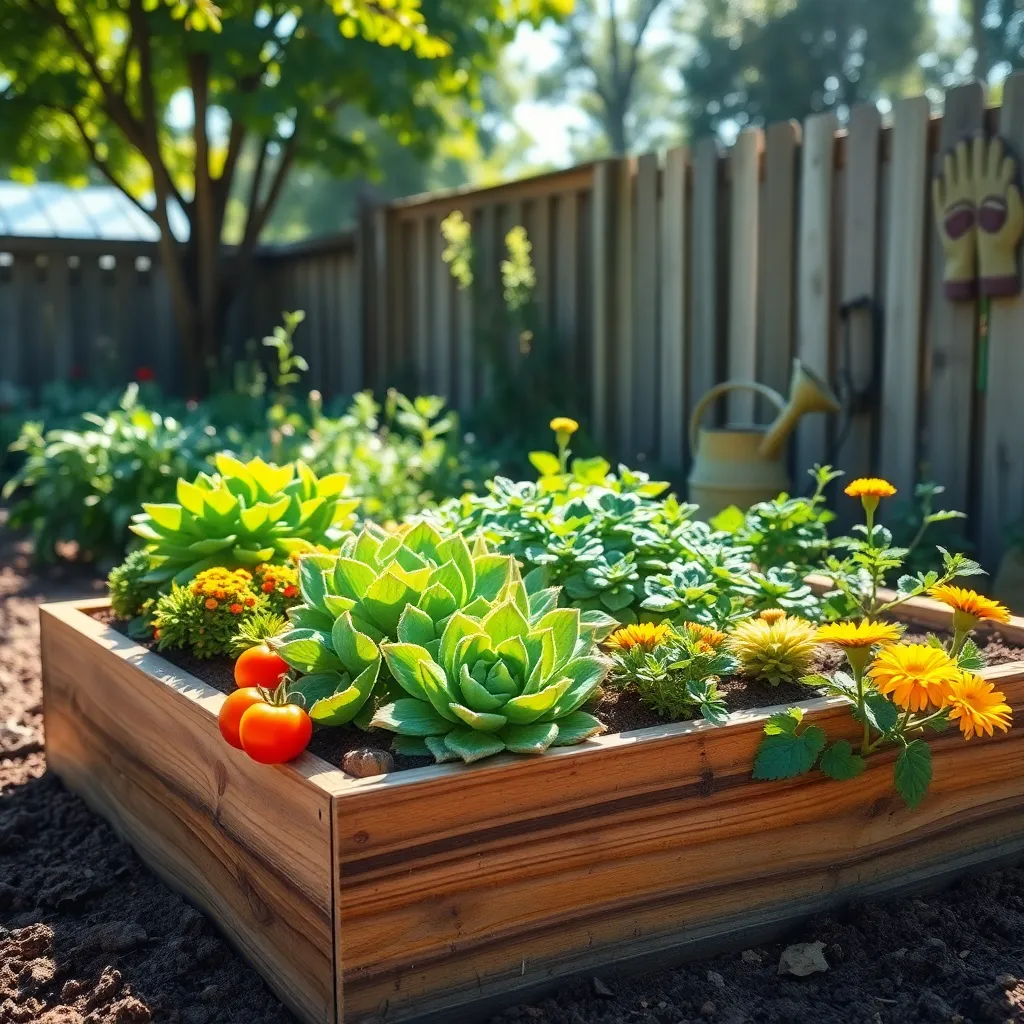
Building a raised garden bed is an excellent way to cultivate a variety of plants while improving soil drainage and accessibility. Start by selecting a location that receives at least six hours of sunlight daily, ensuring it is level to prevent water runoff.
When choosing materials, opt for untreated wood to avoid chemicals leaching into the soil, or consider rot-resistant options like cedar. Measure and mark your garden bed dimensions—a standard size of 4 feet by 8 feet is manageable and allows for easy access from all sides without stepping on the soil.
After constructing the frame, line the bottom with landscape fabric to prevent weeds while allowing water drainage. Fill the bed with a high-quality soil mix, combining equal parts topsoil, compost, and perlite to ensure your plants receive adequate nutrients and drainage.
For beginners, consider planting easy-to-grow vegetables like lettuce, radishes, or carrots, which thrive in the controlled environment of a raised bed. Water regularly, especially during dry spells, to keep the soil consistently moist but not waterlogged, promoting healthy root development.
Experienced gardeners might experiment with crop rotation or companion planting to maximize yield and deter pests. By incorporating a variety of plants, such as marigolds or basil, you can naturally repel common pests and improve the overall health of your garden ecosystem.
Creative Planters from Recycled Materials

Embrace sustainability in your garden by using recycled materials as creative planters. Repurposing items like old tires, wooden crates, or even broken teapots not only adds charm but also helps the environment.
Start by selecting a container that suits the size and type of plant you wish to grow. Ensure the chosen material has adequate drainage; you may need to drill holes if none exist.
Soil selection is crucial for the success of your plants. Opt for a high-quality potting mix that retains enough moisture while providing nutrients.
Consider using old metal buckets or cans for herbs and small flowers. Line the bottom with stones or broken pottery to improve drainage before adding soil.
For larger plants, wooden pallets can be transformed into vertical gardens. Secure the pallets against a sturdy wall and fill them with a mix of vegetables or colorful annuals for a striking display.
Watering frequency will depend on the material and size of your recycled planter. Metal containers may heat up quickly and require more frequent watering, while wooden ones hold moisture longer.
Advanced gardeners can experiment with a self-watering system using plastic bottles. Cut the base off a bottle, invert it, and bury the neck into the soil to create a simple and efficient watering system.
Always be mindful of your plants’ sunlight and temperature needs. Place your creative planters in locations that offer the right conditions for growth, ensuring they thrive throughout the seasons.
Setting Up a Cozy Garden Nook
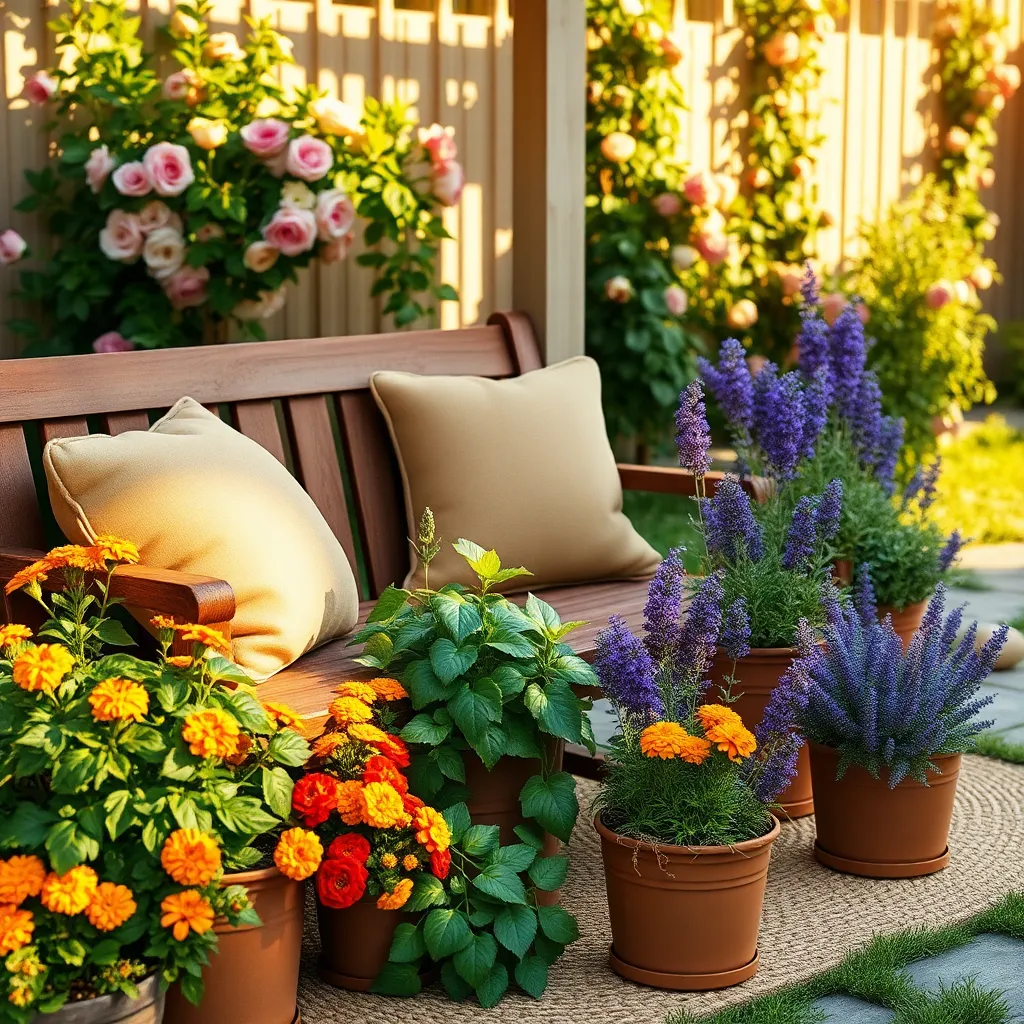
Transforming a corner of your garden into a cozy nook is a delightful way to enjoy the outdoors. Start by selecting a location that offers a balance of sunlight and shade to ensure comfort throughout the day.
Consider using a mix of furniture like a small bench or a couple of weather-resistant chairs. Opt for materials such as teak or metal that can withstand various weather conditions and require minimal maintenance.
Enhance the atmosphere by incorporating a variety of plants that thrive in your chosen spot. Use a combination of potted and ground-planted species to add both height and depth to your nook, creating a lush, inviting environment.
To maintain a tranquil setting, choose plants with low maintenance requirements, such as ferns or hostas, for shaded areas. In sunnier spots, succulents or lavender can be both practical and visually appealing, requiring minimal watering and care.
For those looking to add an advanced touch, consider installing a small water feature. A solar-powered fountain can provide soothing sounds and attract beneficial wildlife, enhancing the peacefulness of your garden retreat.
Conclusion: Growing Success with These Plants
As we wrap up our exploration of DIY outdoor garden projects, let’s revisit the five key relationship concepts that can blossom through shared creative endeavors. First, communication blooms as you plan and execute projects together, enhancing understanding and connection. Second, problem-solving skills are sharpened when you tackle challenges, fostering resilience. Third, the joy of shared accomplishment strengthens your bond, creating lasting memories. Fourth, the act of nurturing plants mirrors the nurturing required in relationships, teaching patience and care. Lastly, the tranquil outdoor space you create together becomes a sanctuary for relaxation and reflection, vital for emotional well-being.
Now, it’s time for action. Choose one project from the list and set a date to embark on it with your loved one. This small step can lead to big enhancements in your relationship dynamic. Also, remember that meaningful relationships, like gardens, require consistent care and attention to truly flourish.
Bookmark this article to revisit these concepts and projects whenever you need a dose of inspiration or a reminder of how to cultivate deeper connections. As you continue to nurture both your garden and your relationship, know that the seeds of today’s efforts will grow into the thriving success of tomorrow.
